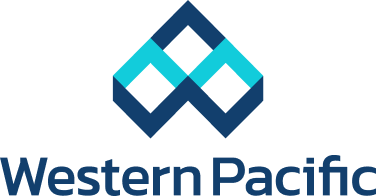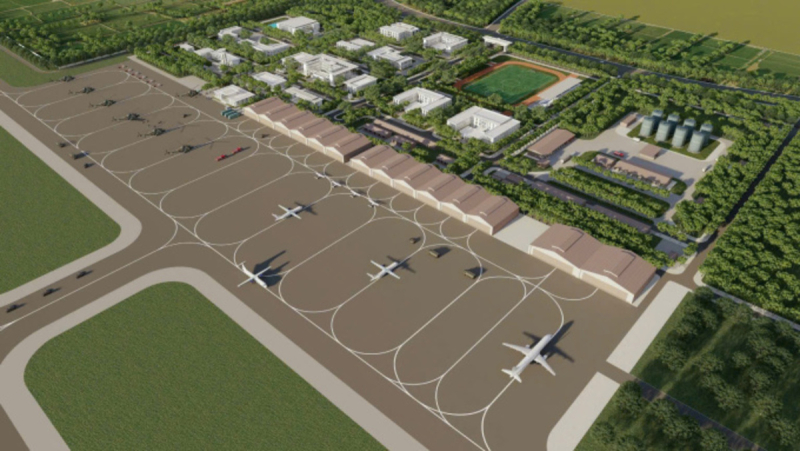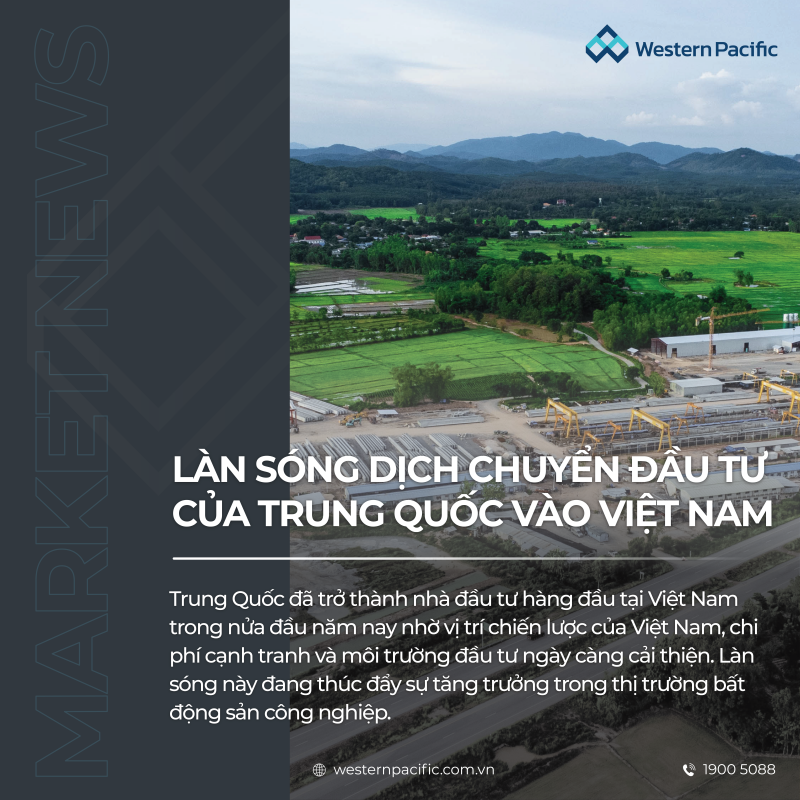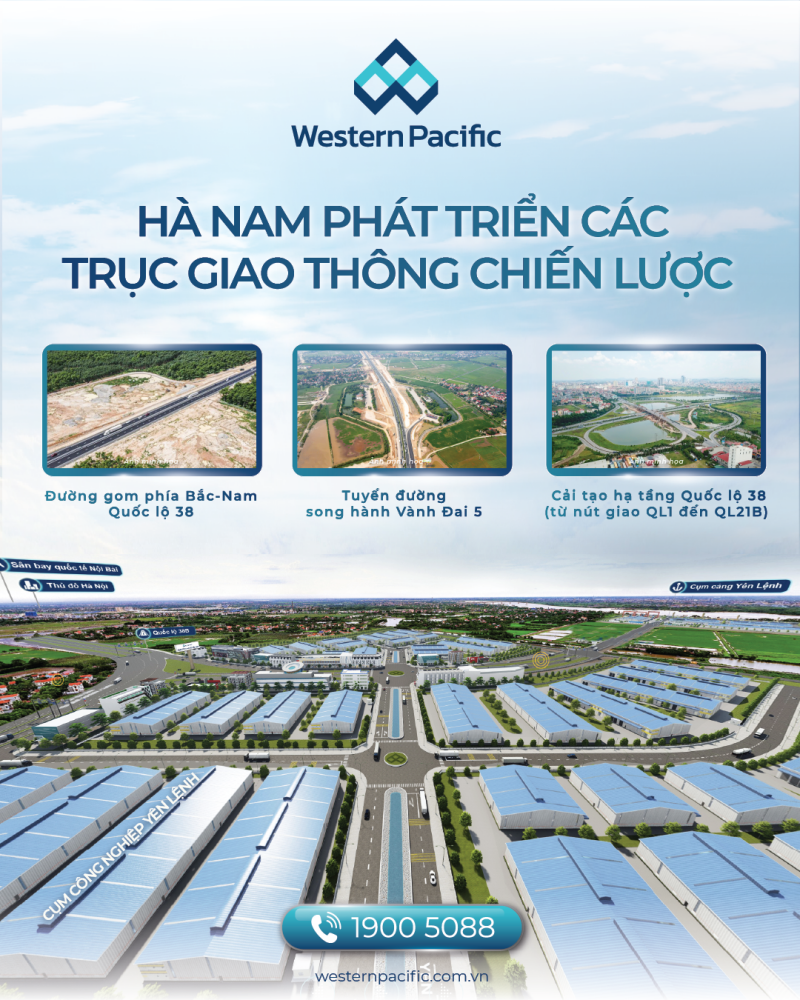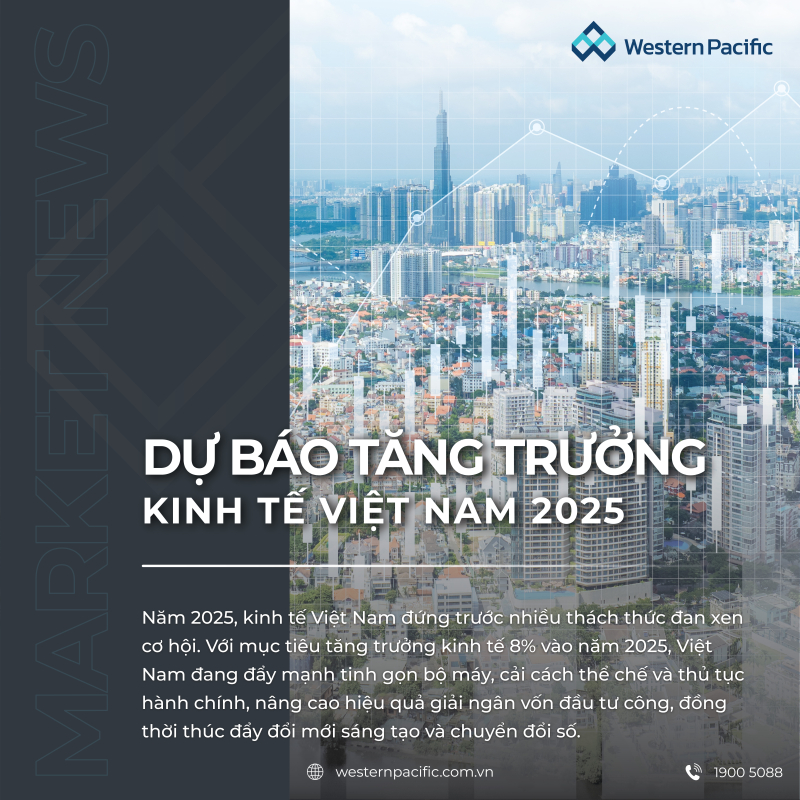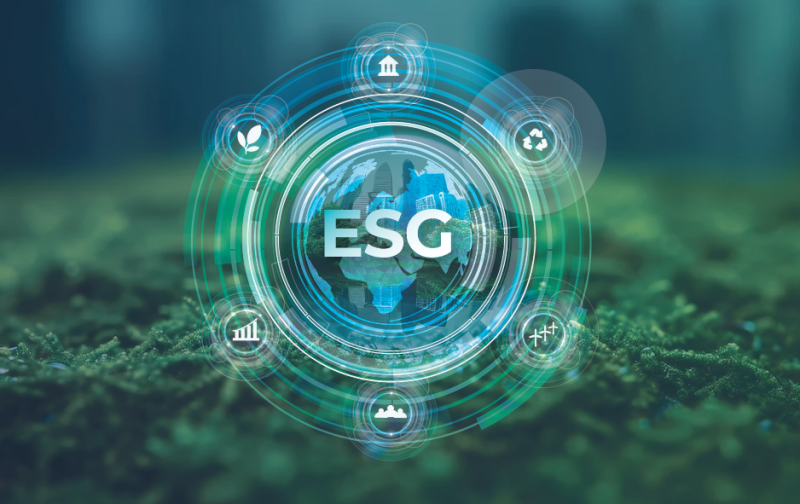The sustainable development challenge of industrial real estate
Viet Nam is benefiting from the "China +1" manufacturing expansion strategy pursued by multinational corporations. Advantages like affordable labor, low land lease costs, and attractive tax incentives have led to a record surge in FDI, with total registered capital reaching $27.72 billion and realized capital hitting $22.4 billion in 2022.
Industrial real estate is currently receiving significant FDI inflows and has achieved high occupancy rates, 83% in the North and over 91% in the South. However, by 2024, the implementation of a carbon tax might diminish the attractiveness of the domestic investment environment. This tax aims to promote greenhouse gas emission reduction and achieve carbon neutrality by 2050. The EC passed regulations to establish the Carbon Border Adjustment Mechanism (CBAM) on May 10, 2023, effective from January 1, 2026, and fully operational by 2034. Consequently, upcoming FDI into Vietnam might not be as appealing as before, prompting new questions about energy usage and carbon emissions from factories.
This demands a greener shift for industrial real estate, investing in sustainable factories to continue attracting major investors amid the pressure of this new tax.
However, according to reports from VGBC and BCI GM, less than 5% of the projects have received green certifications for factory models, falling below the market trend.
Source: CafeF
Do you need support?
Western Pacific Group's team of experts is always ready to support and provide customers with optimal solutions! Contact us
